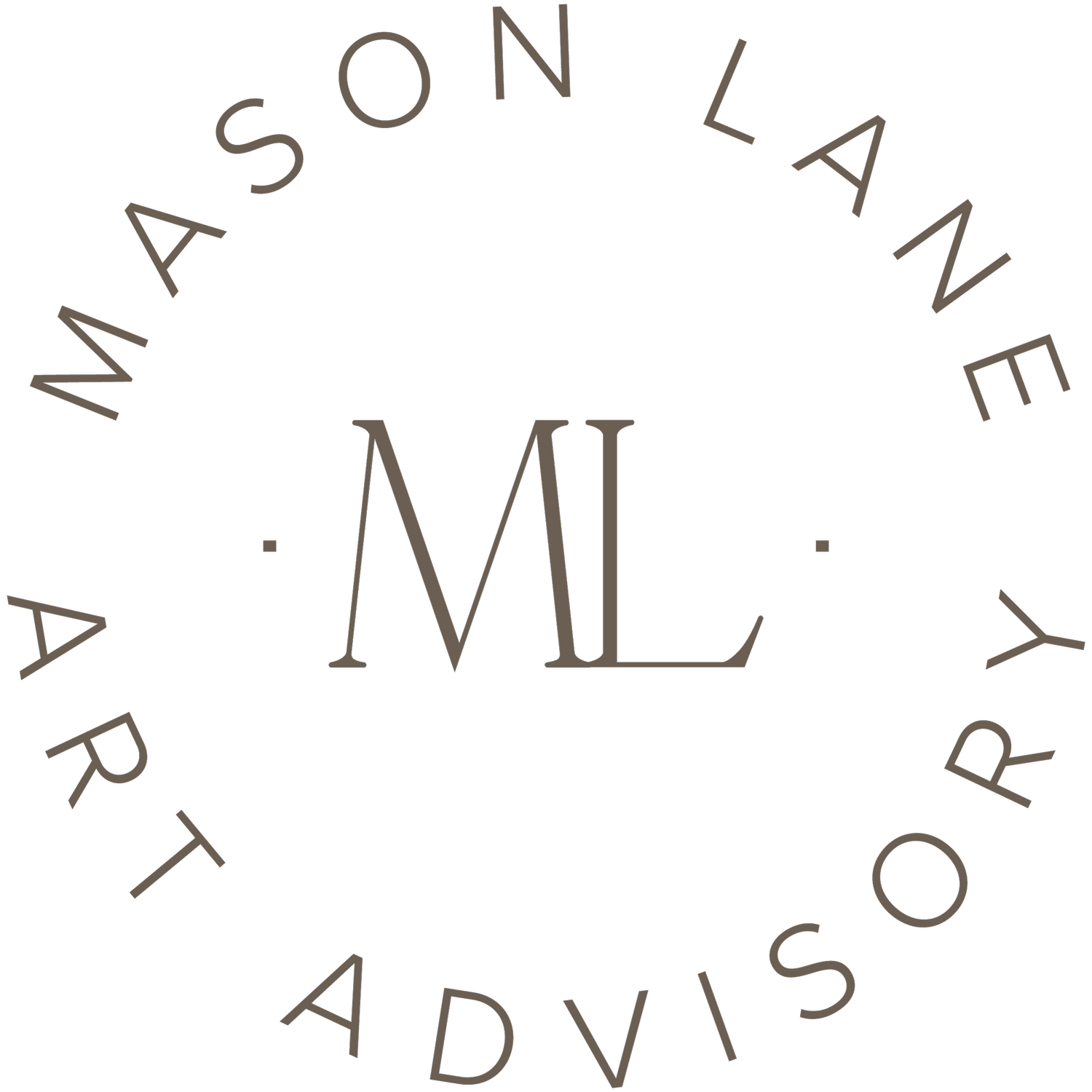What To Know About Insuring Art
I recently had the unfortunate experience of walking into my home and learning that a pipe had frozen and burst days before, leading to an enormous icy flood and collapsed ceiling. Everything in the affected area of our house was ruined: sofas, rugs, lights, walls, ceiling, flooring and more. Insurance is thankfully covering everything, and my gratitude for all the emergency responders, contractors, restorers, and others who helped us outweighed any sadness I may have felt. We are lucky no one was hurt and the house is still usable. Accordingly, I’m labeling this as a “leaves in the pool” problem - a phrase a client of ours shared with me years ago, that helps you zoom out on issues like this.
All that said, I am sad about one item that was destroyed: a Nicolas Bonilla wall sculpture, purchased at the Untitled Art Fair in Miami in 2021. While the artist is still making comparable works, nothing is the same as what we had because each piece is unique. How then, does insurance cover the cost of something that can’t be replaced?
Thankfully, my years at Gurr Johns art appraisers and advisors years ago has prepared me for this moment. I handled business development for insurance appraisals around the US, and here is a summary of what to know about fine art insurance:
WHAT: Art can either be insured under an umbrella policy or itemized in a separate fine art policy depending on the value of art, individual policy, and a clients’ risk profile. I recommend clients ask their insurance brokers for the optimal path and price threshold. Art valued under $20,000 is typically not itemized on a separate fine art policy, and art above this price point may or may not be considered for that list, again depending on individual policy needs. Regardless of artwork price, we recommend keeping a record of any art that is personally important. That record should include:
1. Photo of the art
2. Invoice (noting the dimensions, medium, title, artist, retail price and purchase price if purchased at a discount).
3. Appraised value, done within the past 3-5 years, for any works with changing values. Note that the cost of an appraisal can start around $750, so use that as a barometer in determining what you may want to have appraised.
WHEN: Art should ideally be insured when title passes, i.e. when payment has been received. In practice, most people take steps to inform insurance brokers within 1-4 months of having art installed in their home.
Our Nicolas Bonilla piece, purchased through SGR Galeria at Untitled Art Fair in 2021.
HOW: To properly insure art after purchase, send a copy of the invoice to your insurance broker. Insurance brokers should also be informed when values on art change dramatically. An appraiser, art advisor, or gallery that represents the artist can give you a sense of whether that has happened and whether an updated appraisal is warranted. The updated appraisal should then be sent to your insurance broker.
Importantly, the appraisal should be done by an accredited appraiser, for insurance purposes, showing the Retail Replacement Value of the art. It should not be an auction estimate, fair market value appraisal, or email from a gallery. We always recommend Gurr Johns for appraisals of fine art, design, or any type of collectible item (wine, jewelry, olympic memorabilia - you name it).
WHY: The reason to insure art is simply to mitigate financial risk for damage or loss. When purchasing art, some new buyers are concerned that their kids pose the biggest risk for damage. From experience, I have seen this to not be true at all. Kids learn to live with and respect art just like they do with lamps - they are not pulling these items over or throwing meatballs at them for fun. The greater risk is water, and that can be from a pipe burst, flood, or leak.
Our “leaves in the pool” pipe burst situation has not been fun to deal with, but it has also been relatively straightforward. We’re grateful to have everything, including the art, insured with proper documentation, and we would recommend anyone set themselves up to do the same. If we can facilitate any appraisals of art or collectibles, just let us know and we can advise on next steps to take.

